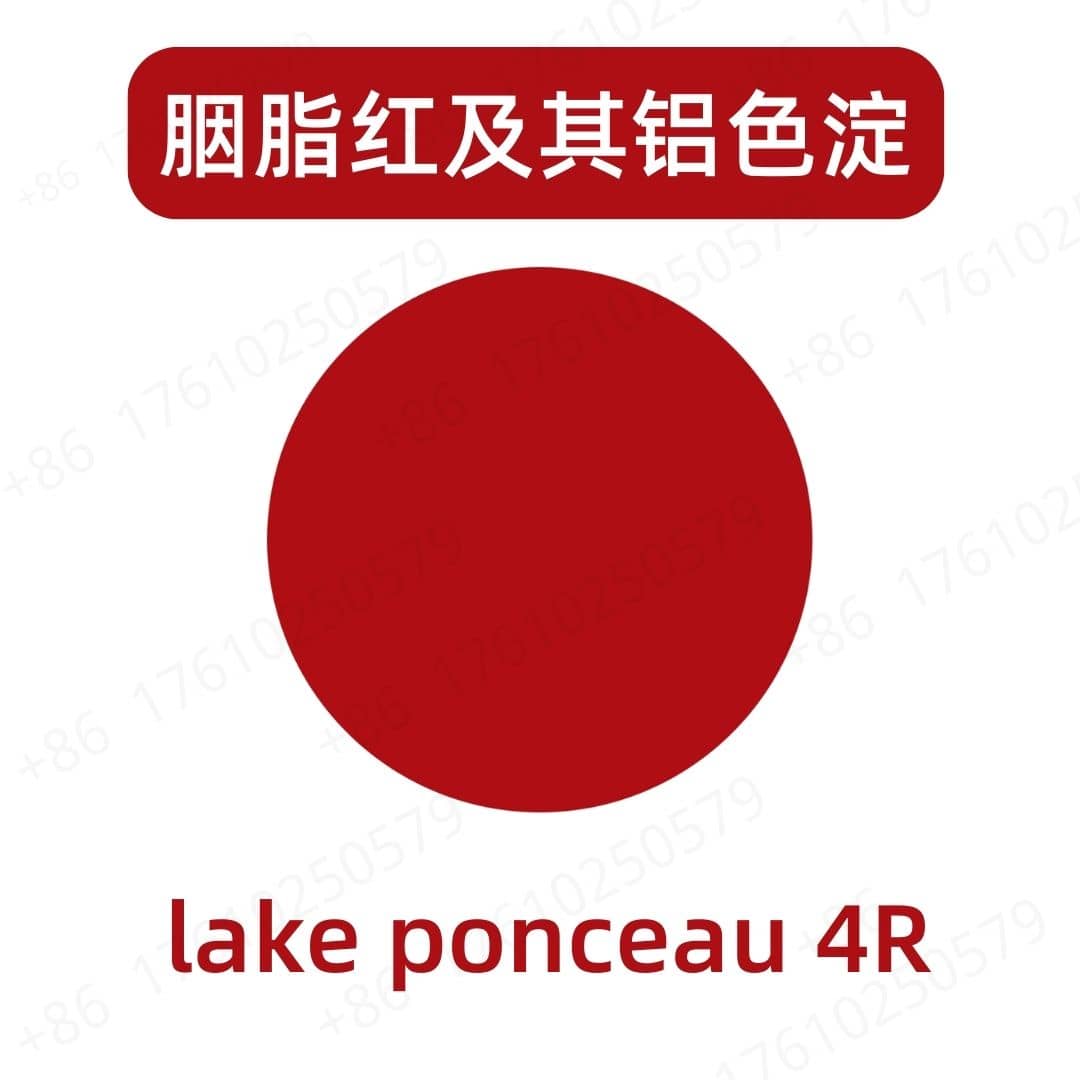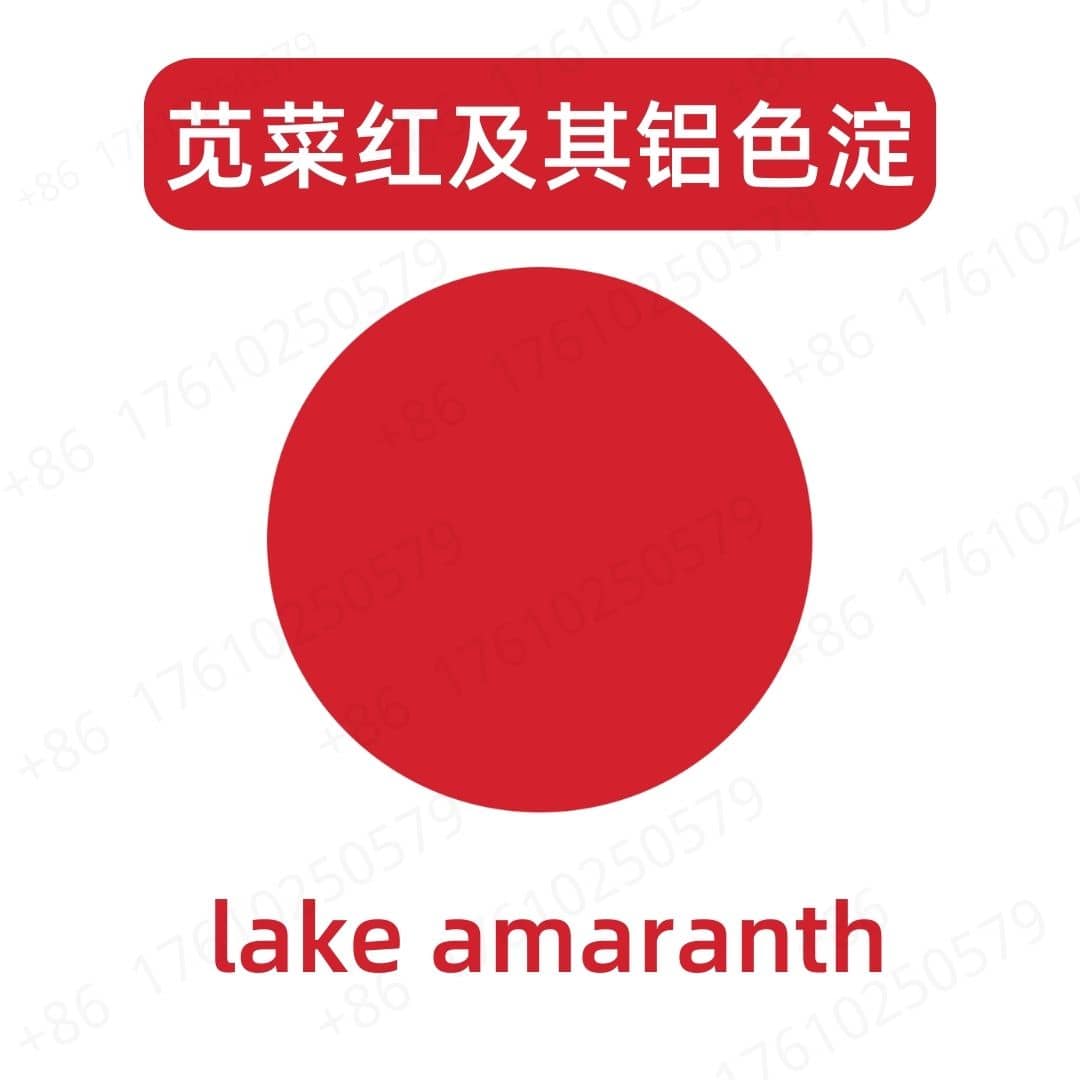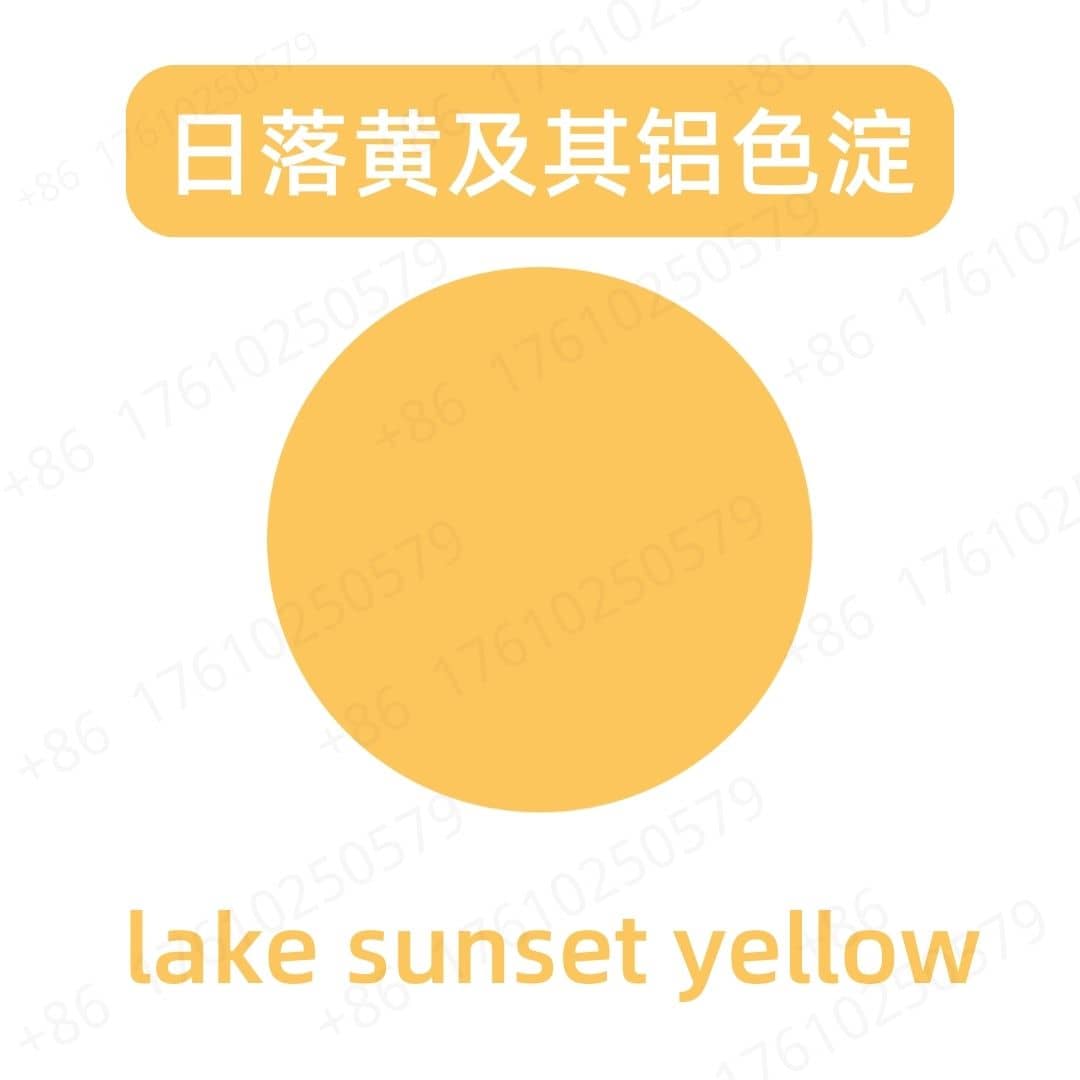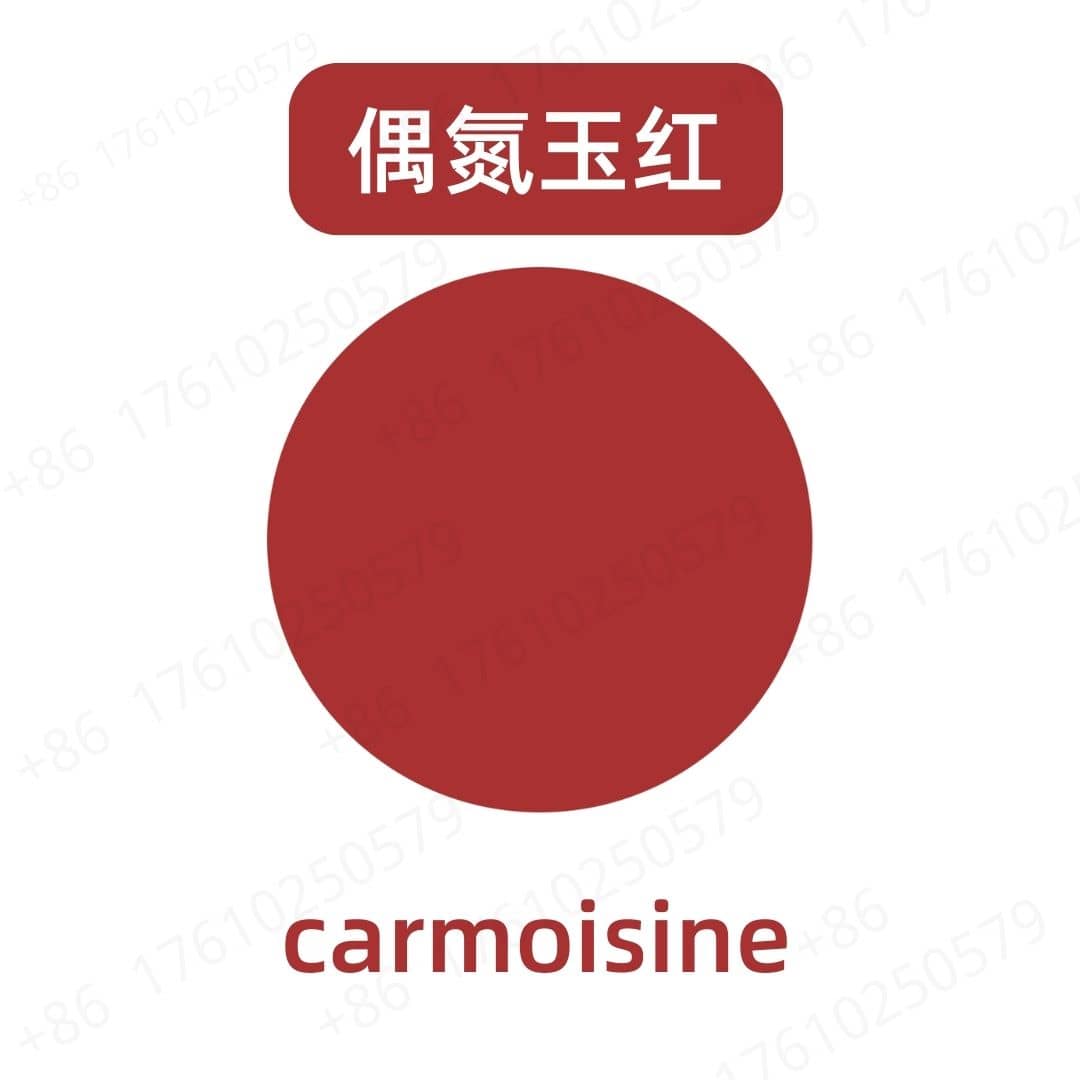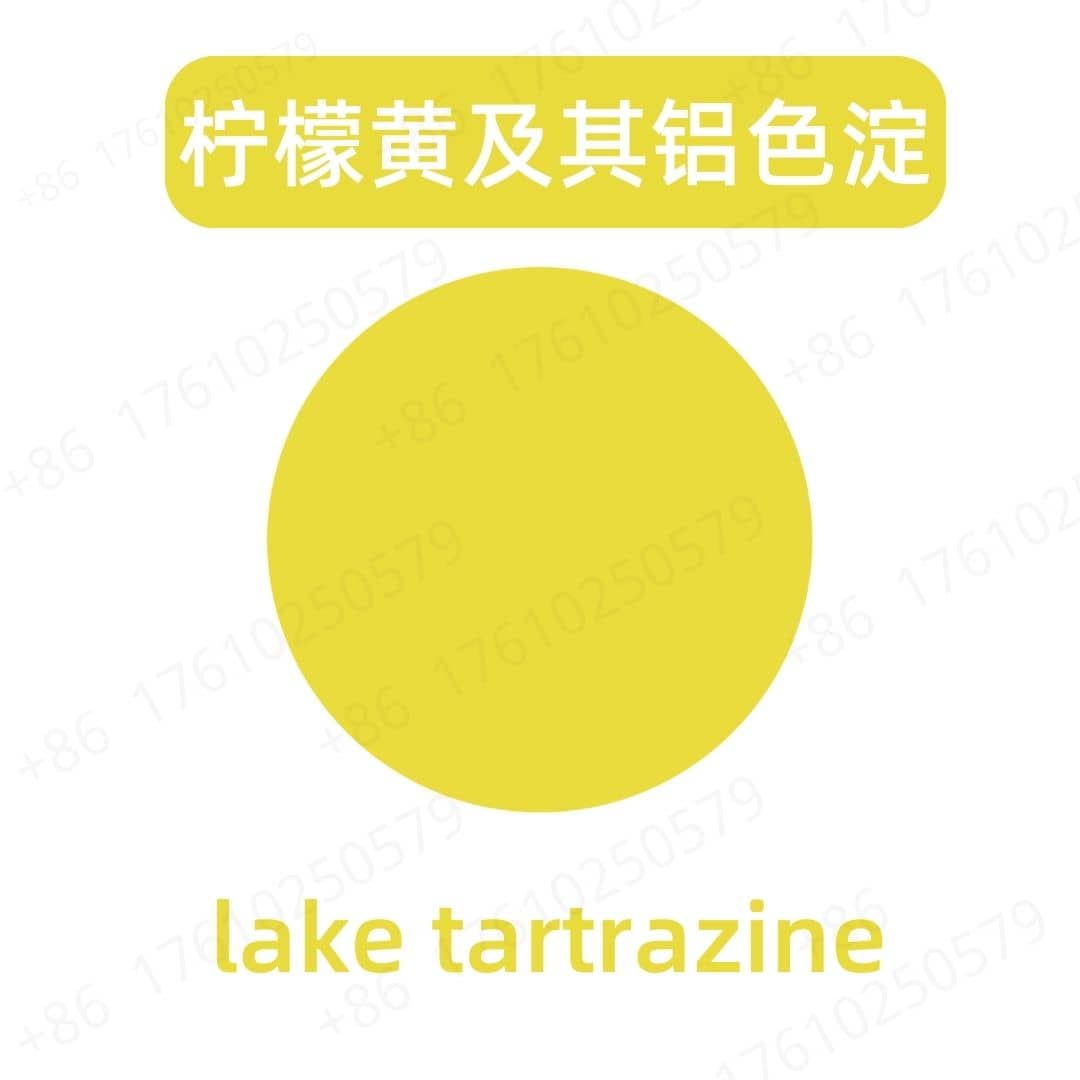Product Introduction
Lake Indigotine Pigment is a synthetic colorant that derives from indigo dye, resulting in a vibrant blue hue. It is widely used in various industries for its stability and versatility. This pigment imparts color to products without affecting flavors or aromas, making it suitable for numerous applications. The pigment is recognized for its ability to provide rich and long-lasting color, ideal for both food and cosmetic formulations.
Production Process
Lake Indigotine Pigment is produced through a chemical process where synthetic indigo is treated with aluminum salts. This treatment transforms the soluble dye into an insoluble lake form, enhancing its color stability when mixed with other ingredients. The production involves strict quality control measures to ensure purity and consistency. After synthesis, the pigment is dried, milled, and sieved to achieve the desired mesh size for diverse applications.
Application Scenarios
The usage of Lake Indigotine Pigment spans a variety of industries. In food production, it is commonly applied to candies, dairy products, and beverages to create eye-catching blue colors. The pharmaceutical sector utilizes this pigment for coding tablets and capsules, providing an easy visual reference for consumers. Additionally, in cosmetics, it enhances the coloring of products such as lipsticks and eyeshadows. Due to its stable nature, Lake Indigotine is suitable for both hot and cold processing, allowing for flexibility in formulations.
Packaging and Storage
Storage Conditions: Store in a sealed, light-proof container, away from high temperatures, in a dry, cool, and well-ventilated place.
Packaging: Bulk: 25 kg/fiber drum; Sample: 1 kg/aluminum foil bag; Custom packaging available upon request.
Shipping Methods: FedEx, DHL, dedicated logistics, and sea freight consolidation.
Shelf Life: Two years
Monica Sun possesses extensive technical expertise and market insights in the food additives industry. She excels in designing efficient and safe additive formulations tailored to various food applications, ranging from sweeteners to functional dietary fibers. Monica has successfully assisted food manufacturers in optimizing ingredient combinations to enhance product quality and improve consumer satisfaction.










